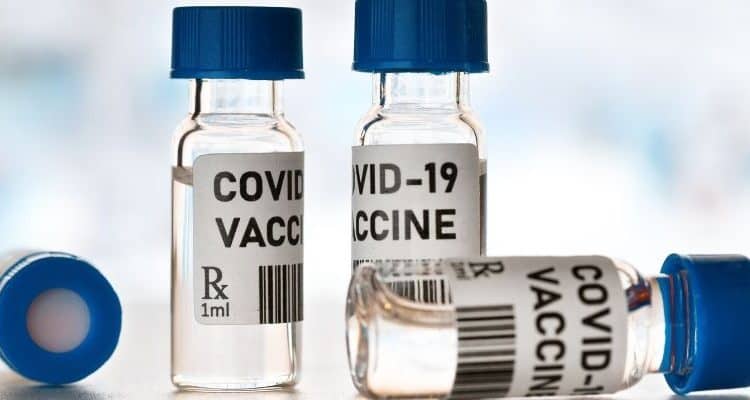Second wave of COVID-19 vaccines may not be needed to reach higher efficacy bar than first batch
It would be best for second wave vaccines to underscore ideal subpopulations or manufacturing and storage advantages that could underscore uptake
With the US’ Food and Drug Administration’s staging an all-day virtual meeting yesterday (22 October) regarding its planned standards for authorising a COVID-19 vaccine; Reynald Castañeda, Pharma Writer for the Investigative News team at GlobalData, offers his view:
“In the event at least one of the COVID-19 vaccine frontrunners is granted an FDA Emergency Use Authorization (EUA) before the end of the year, the second wave of vaccines are unlikely to be required to reach a higher efficacy bar than what was discussed yesterday. This is primarily due to the huge market for such vaccines, that the first authorised vaccines will be unlikely to meet the demand that even a slightly inferior vaccine could still be authorised. However, it would be best for these second wave vaccines to underscore ideal subpopulations or manufacturing and storage advantages that could underscore uptake.
“Such second wave of vaccines include CureVac’s Phase IIa CVnCoV and Sanofi/GlaxoSmithKline’s Phase I/II unnamed protein subunit vaccine. Although Novavax’s NVX-CoV2373 is in a 10,000-volunteer Phase III trial in the UK, there is still no firm date for a US-based trial. Inovio, which was once a frontrunner, received an FDA partial clinical hold for its planned Phase II/III INO-4800 trial, owing to its delivery device.
“With an authorised vaccine in the market, the FDA may require a non-inferiority, head-to-head trial for authorisation, but such trials may be hard to stage and so are rarely considered. While matching authorised vaccines’ immunogenicity data could be a shortcut to argue for authorisation, the differing technologies used by the vaccines could argue against it.
“As for the frontrunners, Johnson & Johnson’s Phase III COVID-19 vaccine trial may be designed to collect more specific data compared with its frontrunner competitors. In turn, this could allow the trial to provide more colour to inform of the vaccine’s utility if granted an EUA by the FDA. However, this potential edge should not be overstated owing to the recent FDA advice highlighted yesterday, which may lead to comparable data gathering benchmarks between the vaccine frontrunners.
“Despite J&J’s 60,000-participant Phase III trial starting several months behind Pfizer/BioNTech’s and Moderna’s respective late-phase trials, the J&J vaccine JNJ-78436735 has managed to catch up to be a competitor. One reason is that the vaccine only needs a single injection, with Pfizer/BioNTech’s BNT162b2 and Moderna’s mRNA-1273 requiring two doses.
“On 12 October, it was announced that all JNJ-78436735 dosing has been put on pause following an unexplained illness in a study participant. But it is currently unclear how this would negatively impact the trial’s success due to limited public information about the nature of the illness, and such pauses are not surprising in very large vaccine trials.”


